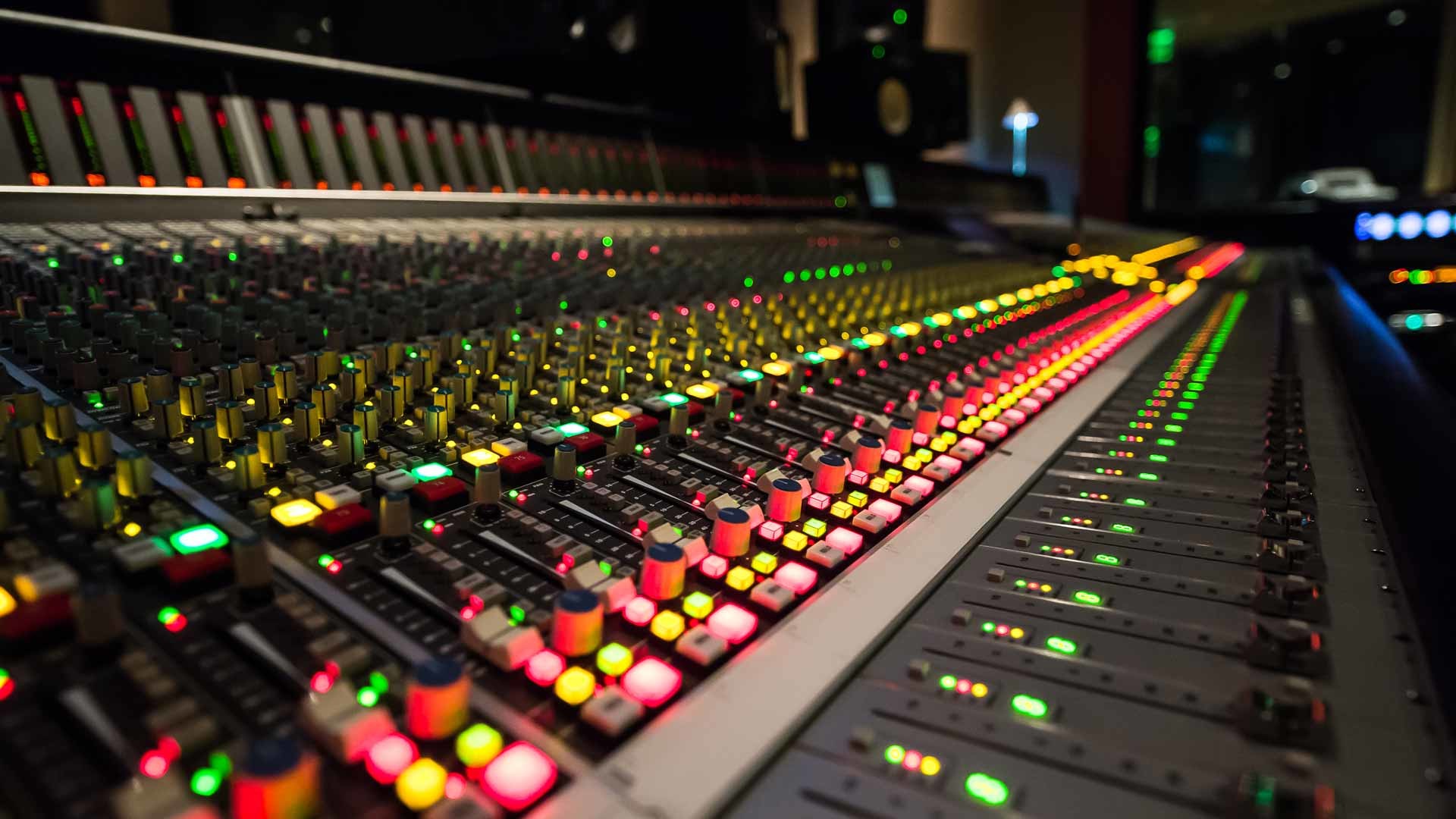
Every instrument is different, and every scenario is different. You should never limit yourself to the same approach with every scenario. That being said, here are some tried and true methods of EQing instruments that might be useful to use as a starting point, especially when you’re new to music production. Here’s a look at commonly used instruments, their frequency breakdowns and some general EQ strategies that might help you achieve a generically pleasant sound.
Drums
The following is a breakdown of sounds and frequencies for many drum kits. Again, every drum kit is different, and this information may be obsolete depending on many factors such as size and thickness of the drums and cymbals you’re using. Remember to always use your ear!
Kick: Bottom at 80 to 100Hz, hollowness at 400Hz, crispness at 3 to 5kHz
Snare: Fatness near 200Hz, point at 900Hz, crispness at 5kHz, snap at 10kHz
Hat: Clang at 200Hz, sparkle at 9kHz
High Toms: Fullness at 80Hz, attack at 5kHz
Low Toms: Fullness at 80Hz, attack at 5kHz
Cymbals: Clang at 200Hz, sparkle at 9kHz
Bass
The bass is very important to the overall sound of your mix. A good balance between the drums and the bass will give a track a full sound and prevent it from sounding too weak. It’s important to give this delicate balance the attention it deserves. As a starting point, try EQing the bass at a higher frequency, and the kick at a lower frequency. This might give you a nice separation to start with, and then tweak as needed.
You can find the meat of the bass in the 50-100Hz range, the attack at 700Hz, and the finger snap top end around 2.5kHz.
Vocals & Backup Vocals
Always keep in mind that the vocals are without a doubt the most important aspect to your song! They are the most listened to, most focal aspect of any track. They should never be buried in the mix, and similarly, they should never overpower too heavily either. Always remember that what sometimes works on a female vocal might sound dreadful on its male counterpart.
Regardless of gender, try giving a generous dose of ‘sparkle’ to the vocals near the 2 to 5kHz range to make sure they cut through the mix. Also, try experimenting with the mids and the mid-highs to give it varying amounts of closeness or distance.
If you are using harmonies or background vocals, sometimes EQing them differently will help them separate from the lead vocal a bit better. For example, if you added a boost in the lead at 3kHz, try either cutting those same frequencies in the backup vocal or give a small spike to the 1kHz range.
Electric Guitars
EQing your electric guitars will depend solely on how they are played and what kind of sound they have. A heavy sounding distorted power chord part might sound better if it blends in more with the track, therefore cutting many of the higher frequencies might help it melt into the mix a bit better. By contrast, other guitar parts might need to stand out completely so you hear every single note clearly, in which case your highs will be much more important.
Regardless, you can often find the fullness of many electric guitars at 240 to 500Hz, and the presence around the 2.5kHz range. Also, try cutting all frequencies below 150Hz as those frequencies will likely clash with your drums and bass, and chances are they don’t add much to the overall sound of your guitar anyways.
Acoustic guitars have a completely different sound from electric guitars and therefore should be approached as such. Depending on what guitar you’re using, how big it is, what kind of wood it’s made of, your sound can be quite varying in nature.
In general, you can often find the fullness at 80Hz, the meat of the sound at 240Hz, the presence between 2kHz and 5kHz, the sparkle at 5-8kHz, and airiness or finger noises will likely exist in many of your highs.
Piano
A piano is unique in many ways. For example, it has such a wide frequency range, that depending on how it’s used in your arrangement, it could serve almost any purpose, and therefore the way to apply EQ will be so immensely situational. Generally speaking though, the fullness of the piano will exist around 80Hz, with some presence and brightness around 3kHz to 5kHz.
Strings
Strings are often used (and with good reason) to thicken up mixes like a pad element. Strings generally exist almost exclusively in your mid to high frequencies, and also the extreme highs. They are easily heard in the mix without much difficulty. Try rolling off the bottom ends to clean up their sound significantly. If you really want to have the strings blend in with the mix, try rolling off the highs. They will cut less this way, but will give them a truly blended sound that is great for having them be completely absorbed by your music. Depending on what you wish to accomplish artistically, this may be a great thing, or it may not be.
Source: https://hubpages.com/entertainment/How-to-EQ-Instruments